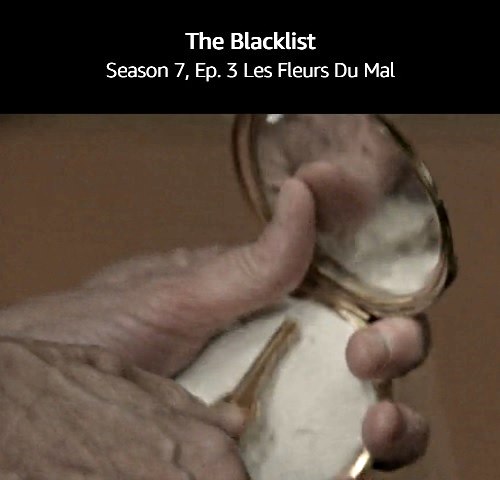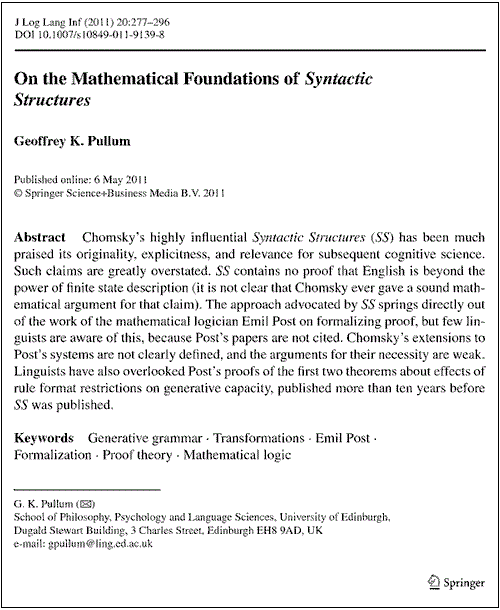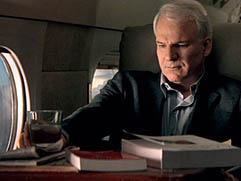"I've got a brand new pair of roller skates,
you've got a brand new key." — Song lyric
|
From OSF . . . "According to Derrida, to break with its original context and with its situation of production entirely is the ability of, and even a necessity for, the written. With this argument, Derrida moves the author and their communicative intent to the margins and frees up space to approach meaning from another side, stressing the independence of writing from its speaker. Among the positions that take this independence even further is Susanne Langer's approach towards meaning. Long before Derrida, she suggested in her chapter 'The logic of signs and symbols' that we should understand meaning not as a relation to an author at all. Influenced by music and musical notation, she defines meaning instead as the function of a term from which a pattern emerges:
It is better, perhaps, to say: 'Meaning is not a Langer's approach towards meaning as a function puts the relation to other terms in the foreground, the pattern a term is part of and linked to. From her perspective, strongly informed by thinking of meaning-making in music, this seems obvious. In music, no note holds meaning for itself. It is in the relation between notes that meaning emerges, and Large Language Models approach language in a similar manner." Reference: Langer, Susanne K., 1948 [1954]. Philosophy in a New Key: A Study in the Symbolism of Reason, Rite, and Art. Mentor Book. |
















 .
.


